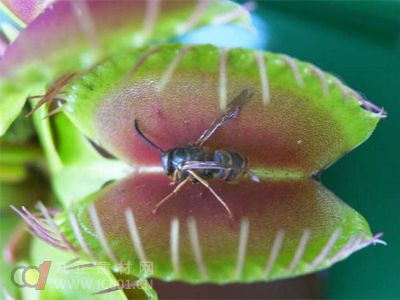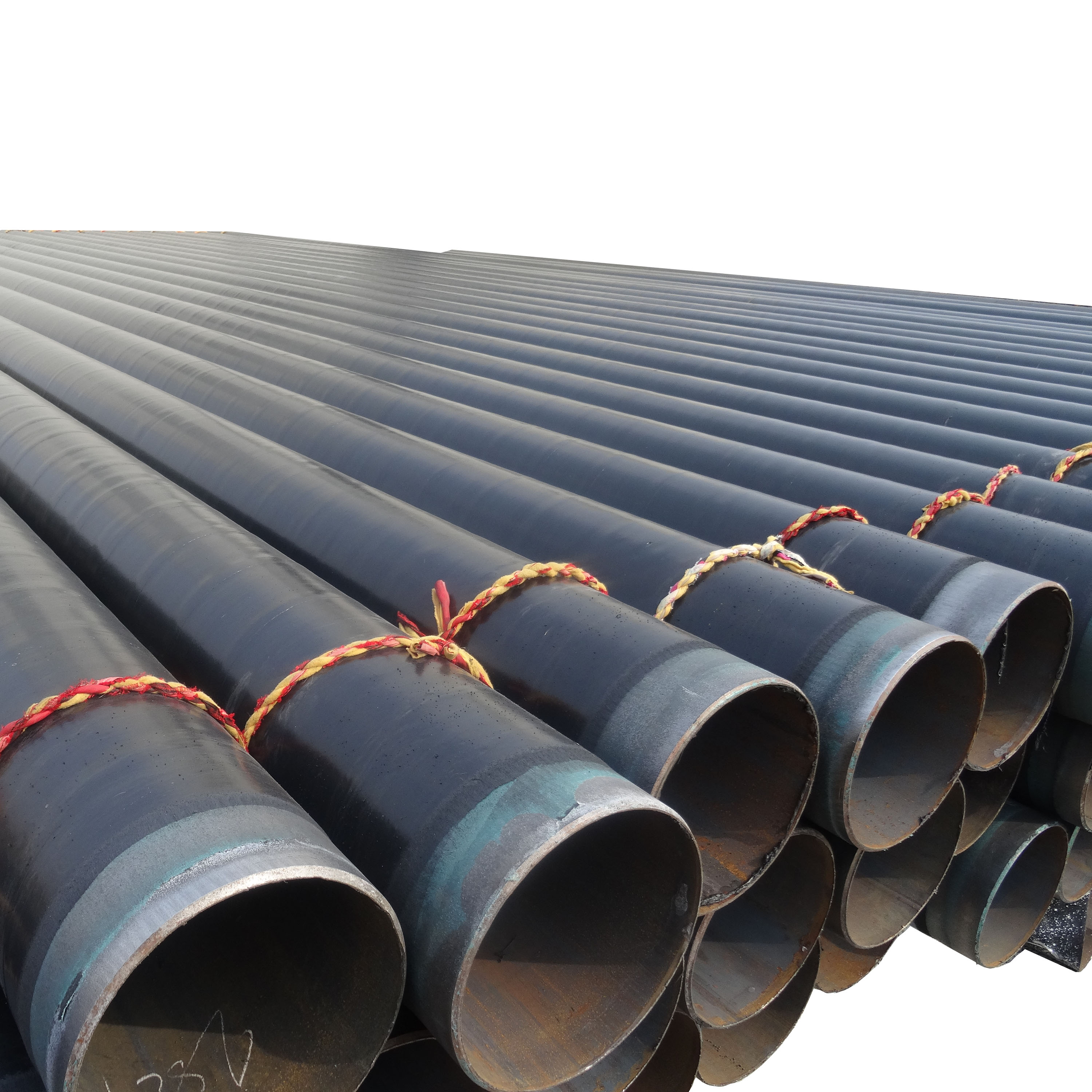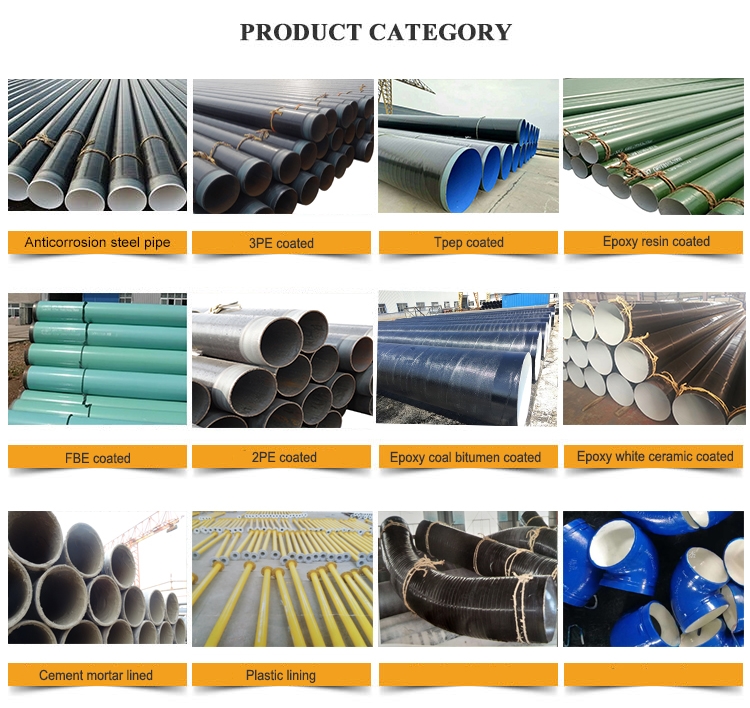Flytrap Introduction to cultivation methods: Cultivation medium: The predator grass prefers water-preserving and acidic cultivation medium. It can be cultivated directly using clay soil or sphagnum moss, that is, only a single cultivation medium can be used. However, the price of sphagnum moss is higher, and the service life is shorter, but it is cleaner than other cultivation media, so sphagnum moss is more suitable as a cultivation medium for leaf insertion or seedling. Large-scale flytraps are more suitable for using lower cost peat soils. Some of the clay soil has a fine texture. Therefore, when only clay soil is used, it may cause poor drainage and water accumulation. We can add a small amount of pearl stone or granular soil to the clay soil, and we can also mix the clay soil and sand in a one-to-one manner. In fact, the flytrap in the country of origin is grown on sandy land, and the cultivation medium made of sand and peat soil may be the best choice. Because flytraps prefer acidic media, quartz sand, silica sand or river sand are the main choices for sand selection; sand containing calcium, such as coral sand or shell sand, should not be used. Watering: The flytrap prefers a humid environment, so it can be cultivated by soaking, but it should be soaked to a shallow water level to avoid excessive moisture. The cultivation medium can be maintained in a damp state from spring to autumn, and the cultivation medium should be relatively dry in winter, but it can also be cultivated by the water immersion method. Illumination: The flytrap requires a lot of light. When cultivating the flytrap, place it in the sun as much as possible, or at least in a bright place. If the cultivation site is not illuminated enough, the cultivation site must be replaced. We usually use the insect traps of the flytrap to assess whether the light is sufficient. Most of the native or horticultural species of the flytrap are cultivated under light conditions, and the digestive glands produce anthocyanins, which make the inside of the trap appear orange-red-purple color, and even some red species of the flytrap will The whole plant turned purple. However, some horticultural species of the flytrap are characterized by a green color of the whole plant. Even if there is sufficient light, the insect trap cannot be reddened. However, the color of the plant is sufficient for the full green variety of the flytrap. It is biased towards yellow-green. Insufficiently lighted flytraps, except for the red areas, the plants will become greener overall, because in the absence of light, the flytrap must produce more chlorophyll to improve the efficiency of photosynthesis. Therefore the plants will become greener. It seems to be a green flytrap, which is a serious lack of light. Such a flytrap, usually the ability to catch insects will become slow, and the plants will become smaller and smaller. At this time, it must be moved to light as early as possible. Ample place. If the sun is too strong, it will cause the flytrap to be sunburned. It is very unsuitable for the flytrap to grow in the very hot summer in the south. It often makes the flytrap appear to be yellow. At this time, it must be dried as soon as possible. The injured flytrap moves to a shaded area. Humidity: Under normal cultivation conditions, the flytrap does not require very humid air humidity and can grow normally in a well-ventilated place that is not subject to strong winds. Since the cultivation medium of the flytrap is already very humid, the humidity provided by the water vapor evaporated from the surface of the cultivation medium is sufficient. It is necessary to increase the humidity unless it is in a drier area or if the flytrap is planted in an air-conditioned room for a long time. At this time, the flytrap can be placed in an open aquarium or plastic tank to maintain the air humidity around the flytrap. Under normal cultivation conditions, do not cultivate the flytrap in a confined space, otherwise the ultra-high air humidity will only have a negative impact, making the flytrap susceptible to pests and diseases. Never put the flytrap in a closed container and expose it to sunlight. Otherwise, the sun and humidity will cause a serious greenhouse effect, causing the plants to die. In the flower market, the flytrap is often covered with a plastic cup. The purpose of this is usually to prevent the customer from touching it. Otherwise, it is not necessary to raise the air humidity to such an extent. Feeding and fertilizing: In the outdoor cultivation of the flytrap, there is usually no need to worry too much about food shortages, and the flytrap itself can attract some insects. If circumstances permit, you can use another container to hold something heavy, like the leftover fish in the kitchen, so you can attract a lot of flies. The biggest trouble with feeding flytraps is that they must supply live insects, because flytraps only use live insects as food, and dead insects are usually not used as food. Although we can still artificially trigger the trap to catch the insects, but the insects struggle, the flytrap will only treat the dead insects as foreign objects, and open the traps after a few hours. One thing to note when feeding the flytrap is that it cannot be fed too much. When the feeding is excessive, the premature damage of the insect trap occurs, and the insect trap will black out from the edge. The right amount of feeding is that the same strain of flytrap can only catch one or two clips, and the size of the insects must be small enough to allow the trap to completely encase the insects. If the insect is too large to expose a part of the insect to the insect trap, it will cause damage to the trap. On the other hand, when indoors are cultivated, the remaining insect shells of the flytrap can inevitably hinder the viewing, which may also cause health problems. Another point is that if the flytrap is not well planted, the flytrap catcher will lose its vitality and cannot catch the insect. Therefore, it should be better to fertilize the flytrap to provide nutrients, but long-term fertilization will affect the insect catching mechanism (eg, the clip is not sensitive, the closing speed is very slow, etc.). Since the flytrap mainly absorbs nutrients from the leaves, the fertilizer should also be absorbed by the leaves. Fertilizers suitable for foliar absorption are called “top dressingsâ€. Most of these fertilizers are chemical fertilizers that must be dissolved in water (must be soft water) before being sprayed onto the plants, and the fertilizers will penetrate into the plants. The top-dressing brand commonly found in the flower market is "Huabao", and the "Huabao No. 5" is suitable for the cultivation of carnivorous plants. Dilute Huabao No. 5 to 4,000 times or more. It is recommended to spray 8,000 times of thin fertilizer into the flytrap. The application of fertilizers is based on the principle of spraying the entire plant, and it is not a problem if a small amount of fertilizer flows into the soil. The timing of fertilization must be during the growing season of the flytrap, once every one to two weeks. In winter, the flytraps stop growing. If the fertilizer is applied continuously, it will cause fat damage. In addition, because the cultivation environment is not good, the flytrap growth can not be fertilized. It is necessary to improve the cultivation conditions, and then the flytrap can be fertilized before it can be fertilized. . Dormant: In winter, if the temperature reaches below 10 °C, the flytrap will go to sleep. However, winters in the tropics and subtropics (Taiwan) are usually not cold enough or long enough, and the flytraps do not completely sleep. It has been pointed out that [Camilleri T, 1998], if the flytrap has not been dormant for several years, it is likely to lead to death. Therefore, we can artificially promote the dormant of the flytrap. When entering the winter, the flytraps are excavated from the cultivation medium, the leaves are cut off, only the rhizome is left, and the roots are wrapped with moist water moss and wrapped in a plastic bag, which can be placed in the refrigerator for refrigeration (4 C). After about three months of cold storage, at about this time, almost all of the frozen roots can be taken out and returned to the cultivation medium. After a few weeks, the buds will grow. However, whether or not the flytrap must be dormant is still inconclusive. In other related materials, there is no strong requirement that the flytrap must be dormant, but after dormancy, the growth hormone will accumulate at a higher concentration. Therefore, after waking up, the growth rate will be very fast, and the stem can be recovered well after the flowering stem. .
Anticorrosion pipe is widely used in pipeline engineering fields such as long-distance water transportation, petroleum, chemical industry, natural gas, heat, sewage treatment, water source, bridge, steel structure, offshore water transportation piling and so on.
advantage
1. Combine the mechanical strength of steel tube with the corrosion resistance of plastic;
2. The outer wall coating reaches more than 2.5mm, resistant to scratches and scratches;
3. The inner wall friction coefficient is small, 0.0081-0.091, reducing energy consumption;
4. The inner wall meets the national health standards;
5. The inner wall is smooth and not prone to scaling, with self-cleaning function.
Our Services
Pipe End: Plain, beveled, threaded and coupled
Pipe surface: Lightly oiled, Hot dip galvanized, Electro galvanized, Black, Bare, Varnish coating / Anti rust oil, Protective Coatings (Coal Tar Epoxy, Fusion Bond Epoxy, 3-layers PE) or as required
Packaging Details
Plastic caps on both ends, Steel bundle, Woven bag or acc. to customers' request.
Delivery Time
15 days after receiving deposit
Anticorrosive Steel Pipe Carbon Steel Pipe,3Lpp Coating Pipe,3Lpe Coated Pipe,Anticorrosive Steel Pipe HEBEI CHENGYUAN PIPE INDUSTRY GROUP CO.,LTD , http://www.hbcytube.com
Anticorrosive Steel Pipe

